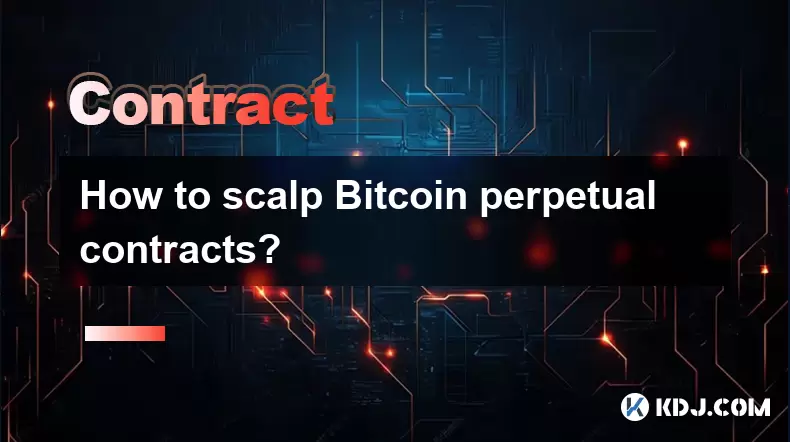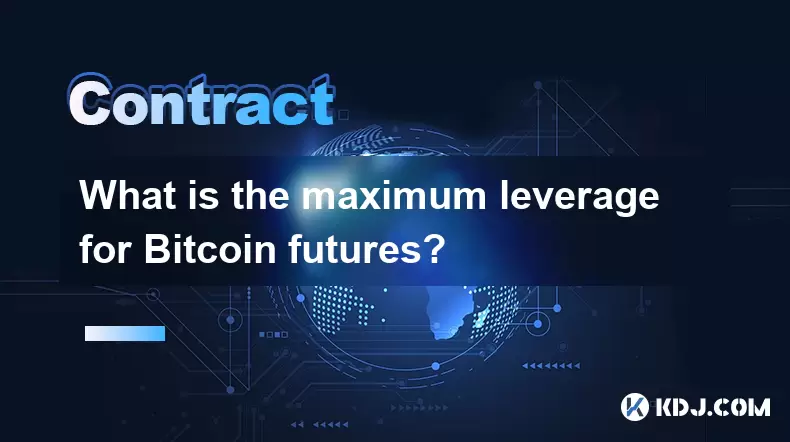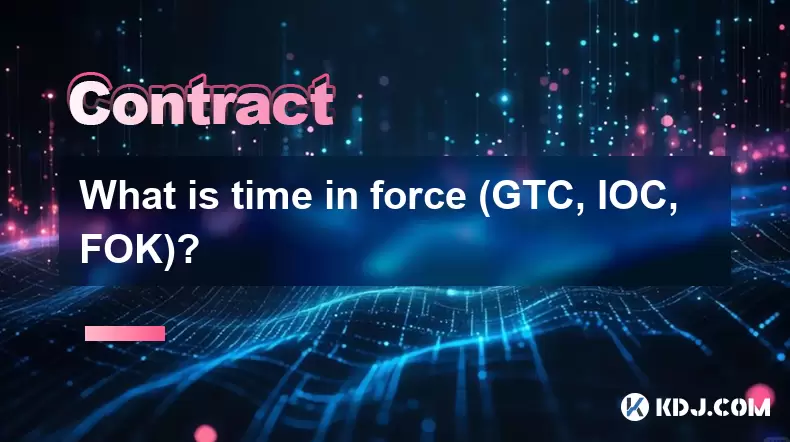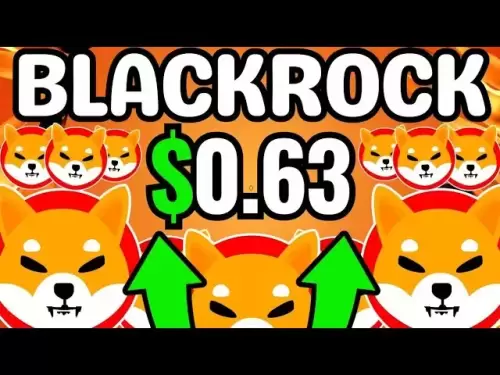-
 Bitcoin
Bitcoin $118000
-0.23% -
 Ethereum
Ethereum $3651
1.66% -
 XRP
XRP $3.423
-1.58% -
 Tether USDt
Tether USDt $1.001
-0.02% -
 BNB
BNB $742.8
0.69% -
 Solana
Solana $177.8
0.30% -
 USDC
USDC $0.9999
0.01% -
 Dogecoin
Dogecoin $0.2539
0.03% -
 TRON
TRON $0.3199
-1.74% -
 Cardano
Cardano $0.8382
0.59% -
 Hyperliquid
Hyperliquid $44.83
0.05% -
 Stellar
Stellar $0.4602
-1.49% -
 Sui
Sui $3.850
0.58% -
 Chainlink
Chainlink $18.62
2.56% -
 Hedera
Hedera $0.2681
0.97% -
 Avalanche
Avalanche $24.63
3.07% -
 Bitcoin Cash
Bitcoin Cash $522.5
0.96% -
 Shiba Inu
Shiba Inu $0.00001507
-0.80% -
 Litecoin
Litecoin $113.6
9.75% -
 UNUS SED LEO
UNUS SED LEO $8.994
0.24% -
 Toncoin
Toncoin $3.197
-0.43% -
 Polkadot
Polkadot $4.361
1.13% -
 Uniswap
Uniswap $10.45
1.41% -
 Monero
Monero $327.5
0.65% -
 Ethena USDe
Ethena USDe $1.001
-0.03% -
 Bitget Token
Bitget Token $4.992
-1.12% -
 Pepe
Pepe $0.00001355
0.67% -
 Dai
Dai $1.000
0.01% -
 Aave
Aave $322.6
0.15% -
 Bittensor
Bittensor $415.5
0.88%
How to scalp Bitcoin perpetual contracts?
Bitcoin perpetual contract scalping involves making quick trades to profit from small price movements in the Bitcoin futures market, using high leverage and fast execution.
Jul 20, 2025 at 01:56 pm

What is Bitcoin Perpetual Contract Scalping?
Bitcoin perpetual contract scalping refers to a short-term trading strategy where traders aim to make profits from small price movements in the Bitcoin perpetual futures market. Unlike traditional futures contracts, perpetual contracts have no expiration date, allowing traders to hold positions indefinitely as long as they can meet margin requirements and avoid liquidation.
This strategy typically involves entering and exiting trades within seconds or minutes. Traders focus on capturing minor price fluctuations, often using high leverage and tight stop-loss orders to maximize returns while managing risk.
Key Components of Bitcoin Perpetual Contract Scalping
To effectively scalp Bitcoin perpetual contracts, several critical components must be understood and optimized:
- Liquidity: High liquidity ensures that trades can be executed quickly without significant slippage.
- Low Fees: Exchanges with low taker fees are essential since scalpers execute numerous trades daily.
- Tight Spreads: Narrow bid-ask spreads reduce transaction costs and improve profitability.
- Fast Execution: A reliable trading platform with minimal latency is crucial for timely entries and exits.
These factors collectively determine the efficiency and success rate of scalping strategies in the crypto derivatives market.
Choosing the Right Exchange for Scalping
Selecting an appropriate exchange is one of the most important decisions when engaging in Bitcoin perpetual contract scalping. Some exchanges known for supporting scalping activities include Binance Futures, Bybit, OKX, and Bitstamp.
When evaluating exchanges, consider the following:
- Trading Volume: Higher volume generally correlates with better liquidity.
- Order Book Depth: A deep order book allows for larger trades without moving the market significantly.
- API Access: Many scalpers use bots or automated trading systems, requiring robust API support.
- Reputation and Security: Ensure the exchange has a strong track record and secure infrastructure.
Each of these aspects plays a vital role in ensuring smooth and profitable scalping operations.
Setting Up a Scalping Trading Plan
A well-defined trading plan is essential for consistent performance in Bitcoin perpetual contract scalping. This includes:
- Time Frames: Most scalpers use 1-minute or 5-minute charts to identify quick entry and exit points.
- Indicators: Common tools include moving averages (MA), Bollinger Bands, Relative Strength Index (RSI), and volume indicators to gauge market momentum and potential reversals.
- Risk-Reward Ratio: Establish clear profit targets and stop-loss levels before entering any trade.
- Position Sizing: Determine how much capital to allocate per trade based on your overall portfolio and risk tolerance.
Traders should backtest their strategies using historical data and demo accounts before committing real funds.
Executing Scalping Strategies: Step-by-Step
Executing a successful scalping strategy requires precision and discipline. Here's a breakdown of the steps involved:
- Monitor Market Conditions: Use real-time data feeds and watch for sudden spikes in volatility or volume.
- Identify Entry Points: Look for confluence between price action and technical indicators.
- Place Orders Quickly: Use limit orders to control entry prices and reduce slippage.
- Set Stop-Loss and Take-Profit Levels: These should be placed close to the entry point to manage risk effectively.
- Close Positions Promptly: Exit trades as soon as the target profit is reached or if signs of reversal appear.
Each step must be followed meticulously to maintain consistency and minimize emotional decision-making.
Risk Management in Bitcoin Perpetual Contract Scalping
Given the fast-paced nature of scalping, risk management is paramount. Without proper controls, losses can accumulate rapidly. Consider implementing the following:
- Use Leverage Wisely: While leverage amplifies gains, it also increases the risk of liquidation.
- Diversify Across Time Zones and Sessions: Scalping during different market sessions can provide varied opportunities.
- Avoid Overtrading: Stick to a set number of trades per day to prevent burnout and poor judgment.
- Maintain a Trading Journal: Track every trade to identify patterns, strengths, and weaknesses.
Failure to implement these safeguards may lead to significant financial setbacks.
Frequently Asked Questions
Q: Can I scalp Bitcoin perpetual contracts without using leverage?
Yes, scalping can be done without leverage, although it may result in smaller profits. It’s generally safer and reduces the risk of liquidation.
Q: Is scalping Bitcoin perpetual contracts suitable for beginners?
Scalping requires experience, discipline, and a solid understanding of technical analysis. Beginners are advised to practice with demo accounts before engaging in live trading.
Q: How many trades should I aim to take per day when scalping?
This varies depending on market conditions and personal strategy. Some scalpers take 20–30 trades per day, while others may only take a few dozen per week.
Q: Do I need a VPS for scalping Bitcoin perpetual contracts?
Using a Virtual Private Server (VPS) can help ensure stable connectivity and faster execution, especially for algorithmic or bot-based scalping strategies.
Disclaimer:info@kdj.com
The information provided is not trading advice. kdj.com does not assume any responsibility for any investments made based on the information provided in this article. Cryptocurrencies are highly volatile and it is highly recommended that you invest with caution after thorough research!
If you believe that the content used on this website infringes your copyright, please contact us immediately (info@kdj.com) and we will delete it promptly.
- Labubu Memecoin Mania: When Collectibles Craze Meets Cryptocurrency
- 2025-07-20 16:30:13
- Crypto Traders Pivot: Is BlockchainFX the New PEPE, BONK, or Dogecoin?
- 2025-07-20 17:15:12
- Bitcoin Downturn Strategy: Navigating the Crypto Storm
- 2025-07-20 14:30:12
- Floki's Technical Breakout: Ready to Pounce or About to Bounce?
- 2025-07-20 14:50:12
- Toncoin (TON) Technical Analysis: Riding the Bullish Momentum Wave
- 2025-07-20 14:50:12
- Whale Deposits, Bybit, and SPX Worth: Decoding the Crypto Signals
- 2025-07-20 14:30:12
Related knowledge

What is a maker vs a taker fee?
Jul 19,2025 at 01:14am
Understanding the Basics of Cryptocurrency Exchange FeesIn the world of cryptocurrency trading, maker vs taker fees are a fundamental concept that eve...

How to analyze Bitcoin futures data from CME?
Jul 19,2025 at 05:22pm
Understanding Bitcoin Futures on CMEBitcoin futures on the CME Group (Chicago Mercantile Exchange) represent a regulated financial instrument that all...

How to understand the liquidation price?
Jul 19,2025 at 10:00pm
What Is a Liquidation Price in Cryptocurrency Trading?In the realm of cryptocurrency futures and margin trading, the liquidation price refers to the s...

What is the maximum leverage for Bitcoin futures?
Jul 20,2025 at 03:42pm
Understanding Leverage in Bitcoin FuturesLeverage in Bitcoin futures refers to the use of borrowed capital to increase the potential return on investm...

What is time in force (GTC, IOC, FOK)?
Jul 19,2025 at 08:57am
Understanding Time in Force in Cryptocurrency TradingIn the world of cryptocurrency trading, the Time in Force (TIF) is a crucial parameter that deter...

Best indicators for Bitcoin futures trading
Jul 20,2025 at 05:49pm
Understanding Bitcoin Futures TradingBitcoin futures trading involves entering into contracts to buy or sell Bitcoin at a predetermined price and date...

What is a maker vs a taker fee?
Jul 19,2025 at 01:14am
Understanding the Basics of Cryptocurrency Exchange FeesIn the world of cryptocurrency trading, maker vs taker fees are a fundamental concept that eve...

How to analyze Bitcoin futures data from CME?
Jul 19,2025 at 05:22pm
Understanding Bitcoin Futures on CMEBitcoin futures on the CME Group (Chicago Mercantile Exchange) represent a regulated financial instrument that all...

How to understand the liquidation price?
Jul 19,2025 at 10:00pm
What Is a Liquidation Price in Cryptocurrency Trading?In the realm of cryptocurrency futures and margin trading, the liquidation price refers to the s...

What is the maximum leverage for Bitcoin futures?
Jul 20,2025 at 03:42pm
Understanding Leverage in Bitcoin FuturesLeverage in Bitcoin futures refers to the use of borrowed capital to increase the potential return on investm...

What is time in force (GTC, IOC, FOK)?
Jul 19,2025 at 08:57am
Understanding Time in Force in Cryptocurrency TradingIn the world of cryptocurrency trading, the Time in Force (TIF) is a crucial parameter that deter...

Best indicators for Bitcoin futures trading
Jul 20,2025 at 05:49pm
Understanding Bitcoin Futures TradingBitcoin futures trading involves entering into contracts to buy or sell Bitcoin at a predetermined price and date...
See all articles

























































































